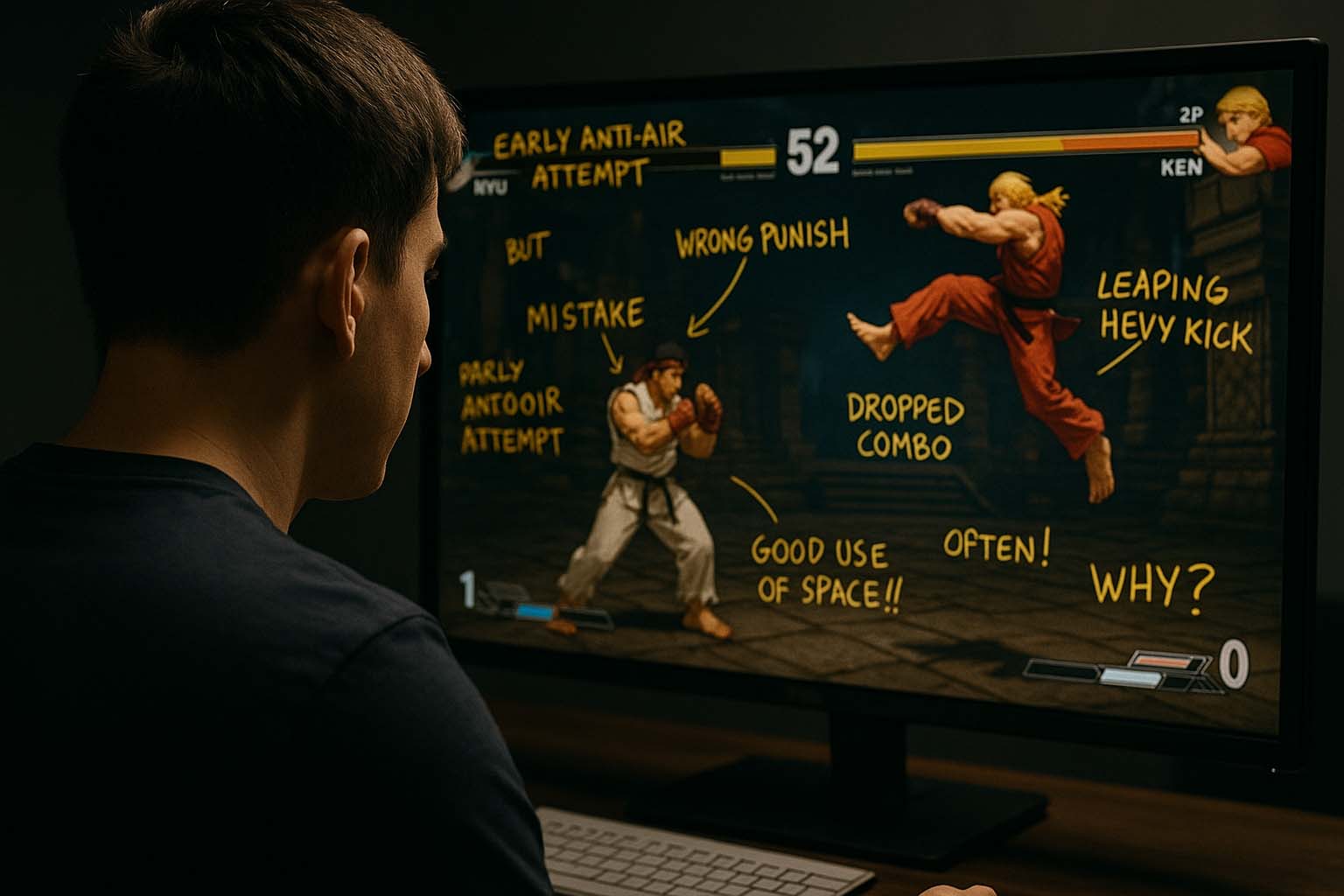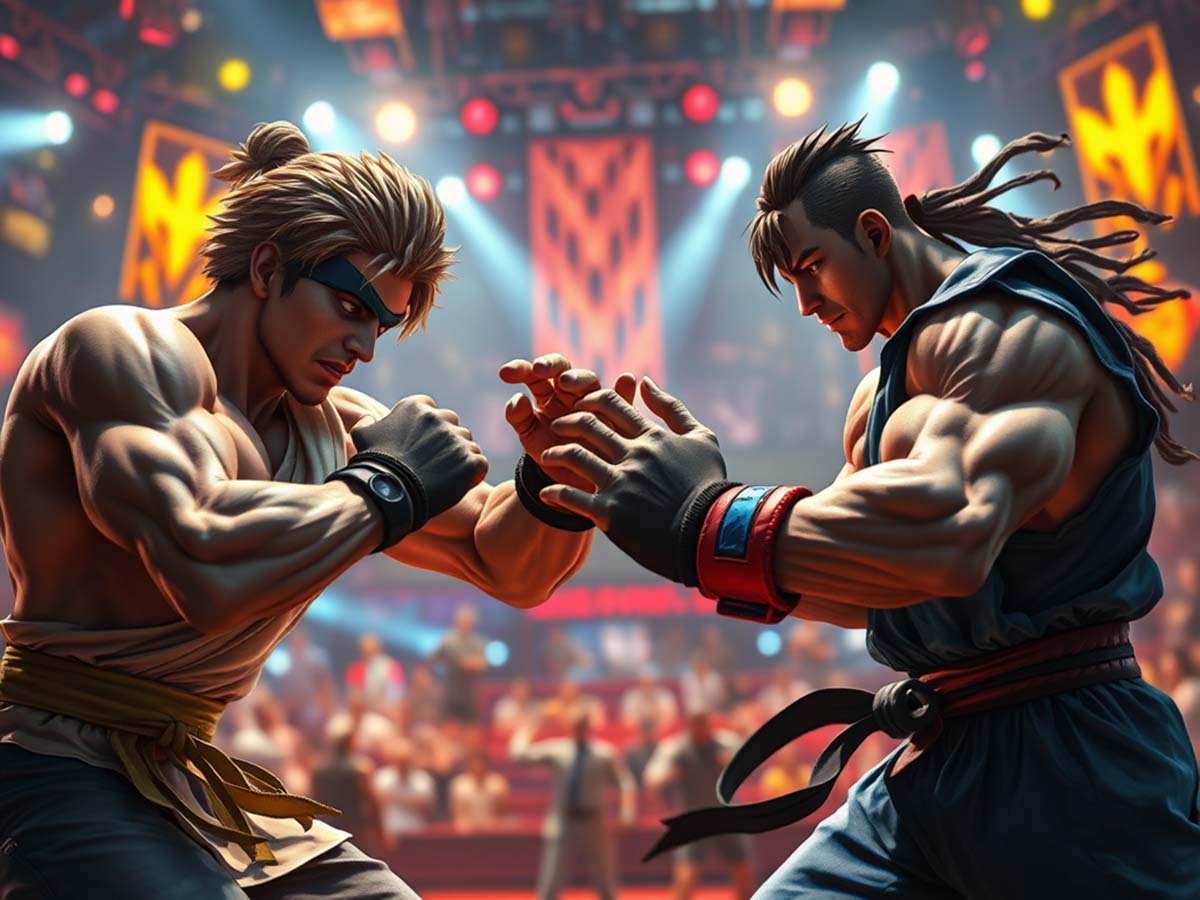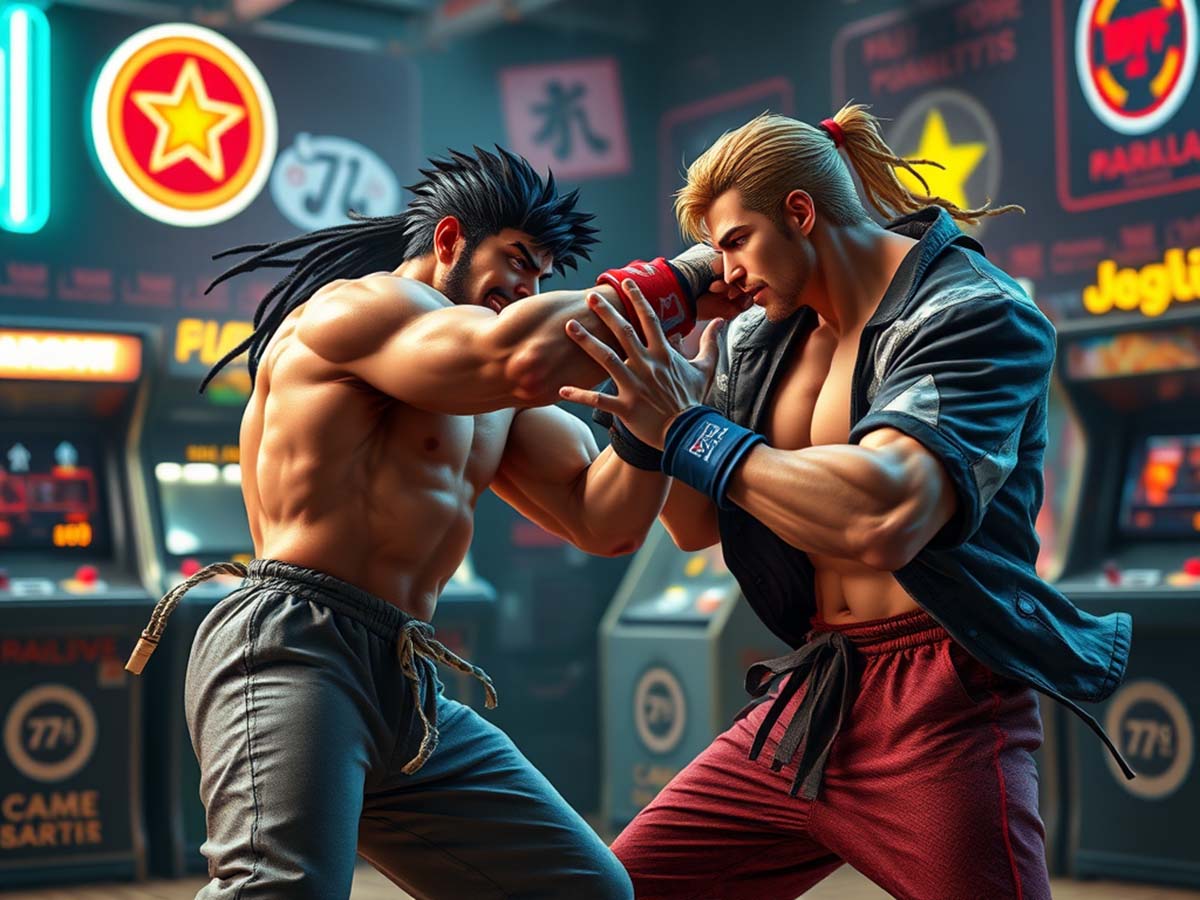Strategies in Fighting Games from Capcom Tournaments: Pro Techniques Used Around the World
Fighting games are more than button mashing. Behind every punch, combo, and counter lies careful planning, discipline, and skills built over time. For many players, watching Capcom tournaments provides both inspiration and a solid learning tool to improve in games like Street Fighter. These events gather the top players from across the globe — each one bringing their unique styles and techniques to the stage.
This article focuses on the most effective strategies used in these tournaments. These tips aren’t only for seasoned players — casual fans can also find helpful ideas that sharpen their gameplay and mindset.
Quick Overview
- Capcom tournaments showcase high-level fighting game strategy.
- Core skills include spacing, mind tactics, character matchups, and reaction training.
- Studying professional matches provides clear, practical examples for improvement.
Preparation Starts Before the Match
Smart gameplay begins even before the match starts. Most tournament players spend hours learning not just about their opponents, but also about their own characters.
Picking a character isn’t about choosing who’s highest on a tier list. The decision depends on the player’s style. Some feel at home using long-range fighters like Dhalsim. Others prefer close-combat specialists like Cammy. The key is to understand the strengths and weaknesses of each character, as well as how they fit against the opponent’s style.
Controlling Distance with Spacing
Spacing is one of the most important elements in high-level fighting. It refers to how well a player manages the distance between themselves and their opponent. In Capcom Pro Tour matches, you’ll often see fighters stepping back and forth, as if they’re dancing. But those steps are anything but random.
Proper spacing allows a player to:
Keep a safe distance from danger.
Wait for a good moment to strike.
Punish unsafe moves from the other side.
Experienced players master this art. The moment they see an opening — for example, when the opponent moves in too carelessly — they respond with a sharp counter or launch a combo.
Mind Tactics: Prediction and Setup
One layer of fighting that isn’t visible on the screen is the mind game. In Capcom events, it’s not just physical reflexes at play — there’s also psychology.
For example, a player might repeatedly use low kicks. Once the opponent begins blocking those lows, the player changes course and throws an overhead instead. This approach builds a habit or expectation in the opponent’s mind. That’s called conditioning — setting up a predictable response you can later take advantage of.
Veterans like Daigo Umehara are great examples. Rather than relying on brute power, Daigo is known for his ability to read his opponent’s intentions and react with precision.
Character Matchups: Some Fights Aren’t Equal
Another major element of high-level competition is the character matchup. Simply put, some characters have an easier time against others. For instance, Zangief often struggles against those who rely on projectiles, like Guile.
Professionals avoid sticking to just one character. They usually prepare a secondary fighter to help with tough matchups. This gives them flexibility and a better chance at handling any bracket draw.
Understanding the current trends — known as the metagame — is also critical. By staying updated with character performance in different events, players can better plan their strategies.
Fast Reactions Matter
Quick decisions can make or break a match. In a fast-paced game that lasts just a few minutes, one mistake can cost the round.
To improve their response time, players spend countless hours doing drills. These often include:
- Blocking random attacks.
- Countering jump-ins with anti-air moves.
- Practicing timing after knockdowns.
A standout in this field is Punk from the United States. His reaction speed allows him to strike, defend, or teleport at just the right moment based on his opponent’s actions.
Handling Pressure on the Big Stage
Technical skill alone isn’t enough when playing in front of a crowd. The lights, the noise, and the stakes can affect even the most practiced hands.
Veterans of the Capcom circuit each have their ways of staying calm. Some meditate before a match. Others go through small rituals like adjusting their controller settings just to feel grounded. What matters is maintaining mental focus, which often decides the outcome more than skill alone.
There are moments when a technically stronger player loses to someone less experienced — simply because the latter stayed calm under pressure.
Global Styles and Regional Differences
One strength of Capcom tournaments is the diversity of styles that come together. Each region of the world has a distinct approach:
Japan – Known for careful zoning and spacing.
South Korea – Precise and fast, focused on sharp execution.
USA – Aggressive with frequent mixups and rush attacks.
France and UK – Balanced play, combining strong defense and creative setups.
Exposure to these various approaches helps players broaden their strategies and improve in areas they may overlook.
Reviewing Matches for Growth
Playing every day is helpful, but reviewing past matches is a smarter way to grow. Watching replays — both your own and others — reveals patterns you often miss in the heat of battle.
Top players usually:
Watch their losses and note mistakes.
Compare their gameplay to top-tier players using the same character.
Copy and test out effective setups from others.
This review process increases game sense, not just reaction time. It turns fighting into a thoughtful process, not just instinct.
Discipline and Consistency Pay Off
Joining Capcom tournaments requires more than natural skill. Discipline, consistency, and humility all play major roles. It takes regular practice, a willingness to learn from losses, and a strong drive to keep improving.
Many of today’s top players started out online. Kawano from Japan is one example. He began as a casual player and grew into a Capcom Cup champion through relentless training and dedication.
From Watching to Doing
The strategies drawn from Capcom tournaments show that fighting games are much deeper than they first appear. They combine mental strength, technical discipline, and community influence.
Whether you’re a beginner or a veteran, there’s always something to gain by watching how the pros play. Try to follow their habits — practice regularly, study your match data, and keep your focus sharp.
At the end of the day, the biggest wins come not just from skill, but from your willingness to grow and enjoy the process every step of the way.


